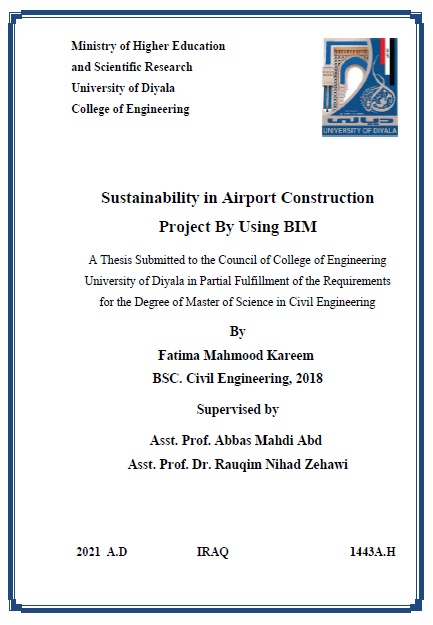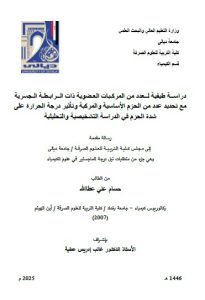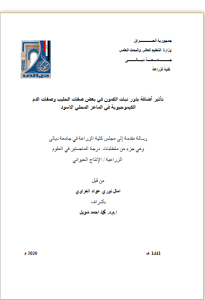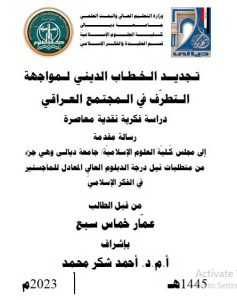Abstract
Airport construction is the most important infrastructure projects, which has a remarkable influence on the environment and economics. The airport terminals are the largest parts of buildings of energy consumption. Meanwhile there is a lack of research available in Iraq on how to obtain an optimal use of the available resources such as electricity and water efficiency in airport project and space management that can be used to obtain an environmentally and economically sustainable airport. In this research, the adopted methodology was applied as three parts, the first part was related to Building Information Modeling (BIM) techniques in 3D simulation and energy analysis as well as comparison of simulated energy consumption results with real energy consumption, The second part includes adding different alternatives to the existing building and studying their impact on the energy consumption and gases emissions by simulation of 3D model in green building studio. Finally, the third part studied the possibility of increasing the capacity of terminal by increasing the number of passport counters on the passenger arriving floor was studied to increase the number of passengers as a pivotal strategy in airport renovation, beside the reduction of Co2 emissions factor per passengers.This research aims to use modern technologies in designing and constructing airports to control energy consumption and to know the possible strategies to obtain the lowest consumption and the most appropriate cost, by investigating the impact of sun path analysis on energy performance, analysis and evaluation of energy performance and water usage analysis using BIM technology tools. The results illustrate that BIM technique is a very useful tool to perform various analyses that help to find different strategies for improving the energy efficiency in the project, in case study (Baghdad Airport) , the GBS tool based on BIM technique was a fruitful tool to energy analysis as its results illustrate the energy Use Intensity to this case study is 924 MJ/m2/year.Also, the results concluded that applying BIM technology using different alternatives in early design stages, using photo-voltaic(PV) panels reducing annual energy consumption around 45%,13%and 23% when used in different places of roof, and achieves cost-saving about (258,601$/year, 76,471$/year, 130,483$/year) respectively, and the use of double glazing, foam material and replacing part of the curtain wall to a block wall is the most effective alternative in reducing energy use intensity from 924 MJ/m2/year to 857, 856,851 respectively, and reduce Co2 emissions from 472.2 Mg to 343.9Mg,344.2 Mg,339.9 Mg respectively. Also the results showed that rearrangement of counters distribution allows to add two counters in arrival floor, this leads to increasing of the annual terminal passengers from 2500000 to 2762000 passengers, therefore, increasing annual airport passengers in Baghdad International Airport from 7,500,000 to 8,762,000, and achieving terminal environment sustainable by reducing Co2 emissions from 0.17 Mg to (0.11Mg). .





